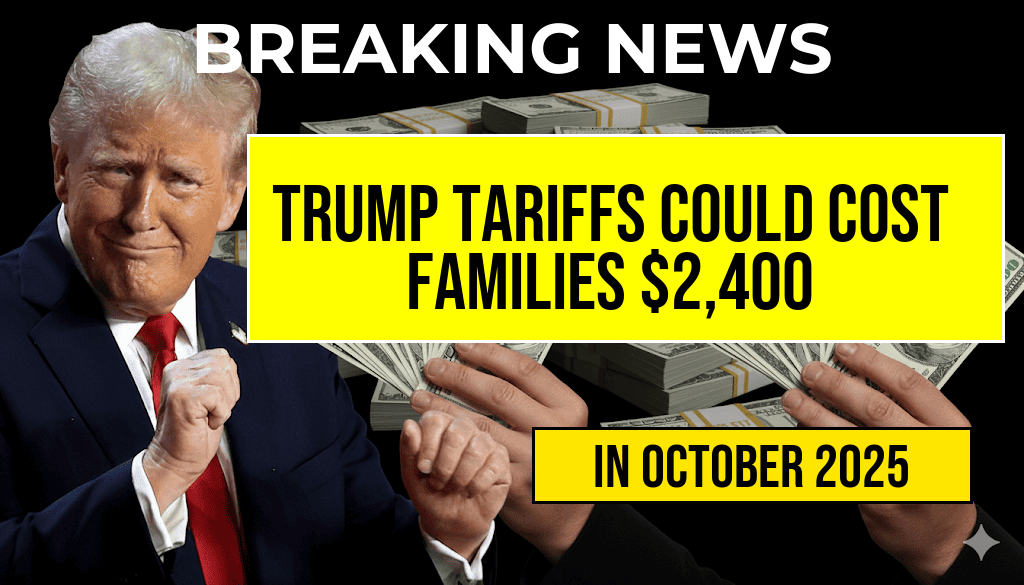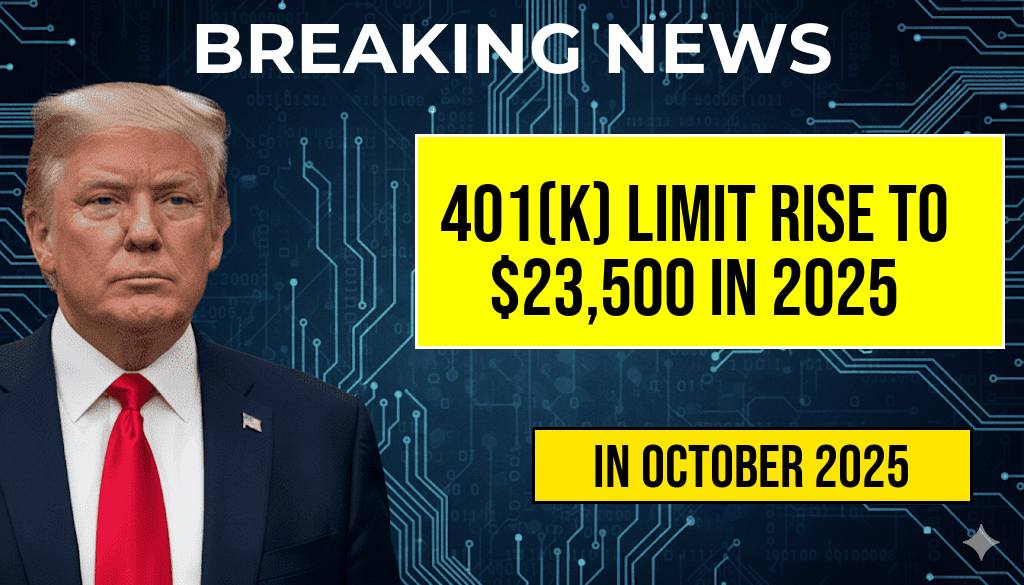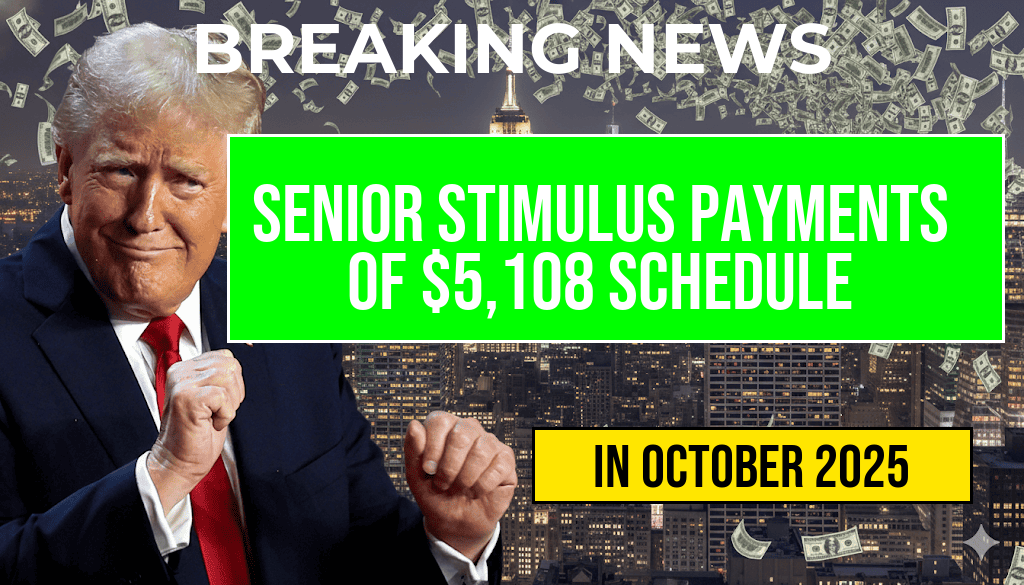Recent analysis suggests that the Trump tariffs could be costing American families up to $2,400 annually. These tariffs, initially implemented to protect domestic industries, have had ripple effects across various sectors, ultimately impacting household budgets. As consumers face higher prices on imported goods—from electronics and clothing to vehicles—the financial burden shifts from corporations to everyday Americans. Economists warn that this “turbulence tax” is not just a short-term disruption but could have lasting effects on economic stability and consumer spending. Understanding the scope and mechanism of these tariffs is essential for families trying to navigate rising costs amidst a complex global trade landscape.
The Origins and Scope of Trump Tariffs
During his presidency, Donald Trump imposed a series of tariffs targeting specific countries, notably China, to address trade imbalances and protect American manufacturing. These measures included tariffs on steel, aluminum, and a broad range of Chinese imports. The rationale was to incentivize trade negotiations and bolster domestic production. However, critics argued that these tariffs could trigger retaliatory actions, disrupt global supply chains, and ultimately inflate prices for U.S. consumers. According to the Wikipedia entry on trade wars, such tariffs often lead to unintended economic consequences, including increased costs for goods and services.
How Tariffs Translate Into Family Expenses
Tariffs function as a form of tax on imported goods. When companies face higher costs due to tariffs, they often pass these expenses onto consumers. This dynamic results in increased retail prices across a wide array of products. For example, tariffs on Chinese electronics and apparel have driven up prices at major retailers. A recent report from Forbes indicates that the average household could see an annual increase of approximately $200 to $600 in costs for imported goods alone. Over time, these added expenses accumulate, possibly reaching the $2,400 mark for typical American families, especially those with children or higher consumption rates.
The “Turbulence Tax”: A Hidden Cost to Consumers
What Is the Turbulence Tax?
The term “turbulence tax” describes the economic strain families experience as a result of trade disruptions caused by tariffs. It encompasses not only direct price hikes but also the broader impacts on supply chains, employment, and inflation. As businesses grapple with increased costs, they may reduce hiring, cut hours, or delay investments—further impacting household incomes. This phenomenon creates a cycle where tariffs indirectly diminish purchasing power, especially for lower- and middle-income families.
Impact on Key Consumer Sectors
| Sector | Average Additional Cost per Household Annually |
|---|---|
| Electronics & Appliances | $150–$300 |
| Clothing & Footwear | $100–$250 |
| Automotive Parts & Vehicles | $500–$1,000 |
| Food & Beverages (imported) | $50–$150 |
These figures highlight how tariffs disproportionately affect essential and discretionary spending, with the automotive sector showing the most significant impact due to tariffs on imported vehicle parts and finished cars. Consumers shopping for vehicles or replacements may find themselves paying hundreds of dollars more after tariffs are factored into the retail price.
Broader Economic Effects and Policy Debate
Economists differ on the long-term implications of tariffs. Supporters argue that tariffs can protect domestic jobs and industries, fostering economic resilience. Conversely, opponents contend that tariffs distort market dynamics, lead to retaliatory measures, and ultimately harm consumers through higher prices. The Congressional Budget Office (CBO) has pointed out that the increased costs caused by tariffs can dampen consumer spending, a primary driver of the U.S. economy.
Potential Policy Responses
- Reducing or removing tariffs to lower consumer costs
- Implementing targeted relief measures for low-income families
- Negotiating trade agreements that balance protection with affordable imports
Policymakers face the challenge of balancing trade protection with economic growth. Current debates emphasize the importance of transparent, evidence-based strategies to prevent further erosion of household budgets.
What Families Can Do
To mitigate the financial impact of tariffs, families might consider actions such as shopping for domestic alternatives, adjusting consumption habits, or seeking out retailers that absorb some costs. Staying informed about ongoing trade negotiations can also help consumers anticipate price changes and make strategic purchasing decisions.
Understanding the Broader Context
The “turbulence tax” underscores how international trade policies resonate deeply within household finances. While tariffs serve specific strategic purposes, their ripple effects are felt most acutely at the grocery store, car dealership, and electronics retailer. As trade dynamics evolve, consumers and policymakers alike must weigh the benefits of protectionist measures against their tangible costs in everyday life.
Frequently Asked Questions
What are the Trump tariffs and how do they impact families?
The Trump tariffs are additional taxes imposed on imported goods during the Trump administration, which can lead to higher prices for everyday products. These tariffs can increase costs for families, potentially adding up to $2,400 annually.
What is the ‘Turbulence Tax’ and how does it affect consumers?
The ‘Turbulence Tax’ refers to the indirect financial burden placed on consumers due to increased costs from tariffs. It results in higher prices for goods, which can significantly impact household budgets.
Which products are most affected by the tariffs and can increase family expenses?
Products such as electronics, clothing, appliances, and food items often face tariffs, leading to increased prices. These cost hikes can collectively add up to $2,400 a year for the average family.
How can families mitigate the financial impact of tariffs and the ‘Turbulence Tax’?
Families can consider shopping for domestic alternatives, adjusting their spending habits, or looking for discounts and deals to offset the increased costs caused by tariffs and the ‘Turbulence Tax’.
Will the tariffs and associated costs continue to rise in the future?
The future of tariffs depends on policy decisions and international trade negotiations. Staying informed about trade policies can help families anticipate potential cost increases and plan accordingly.










